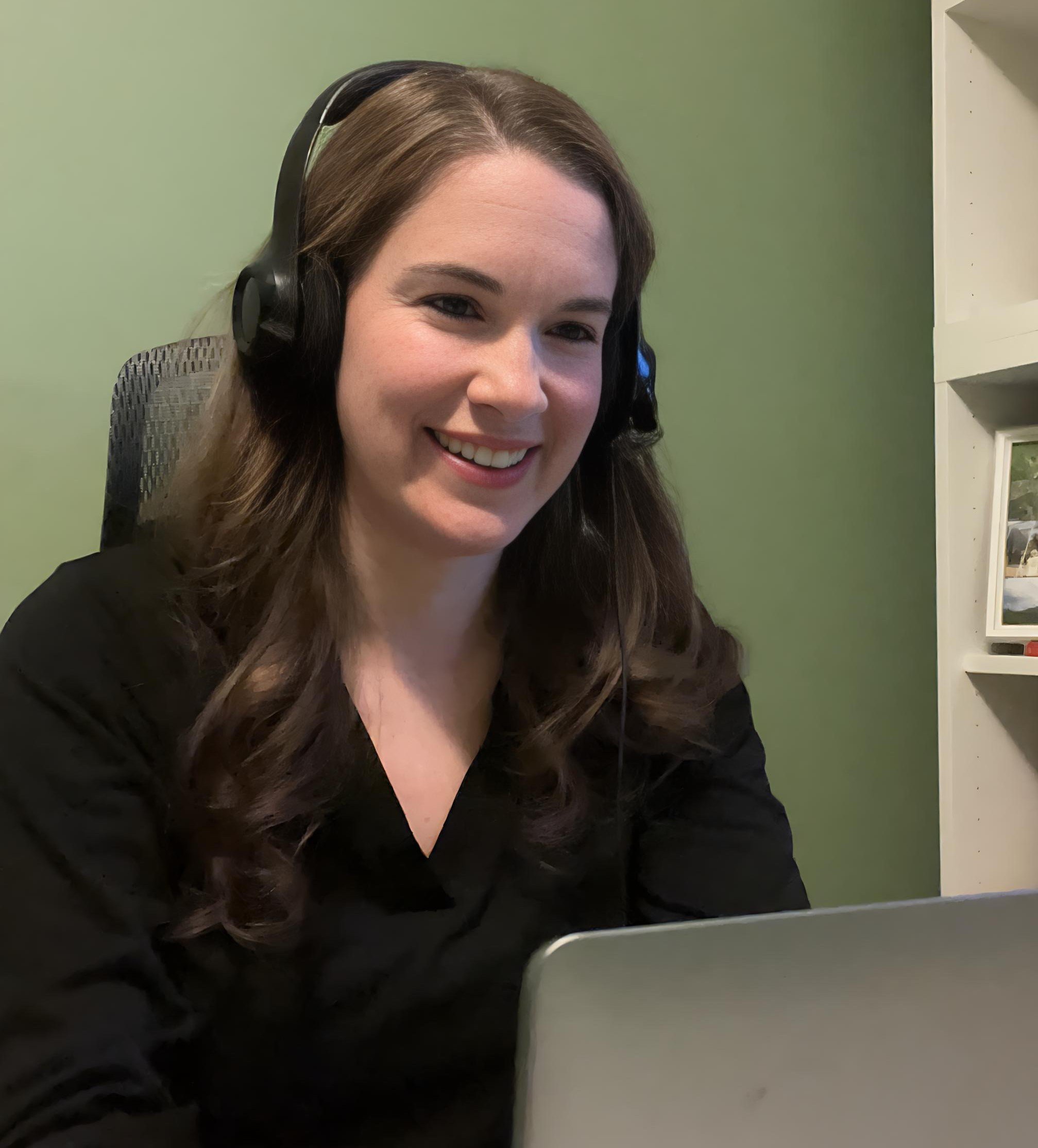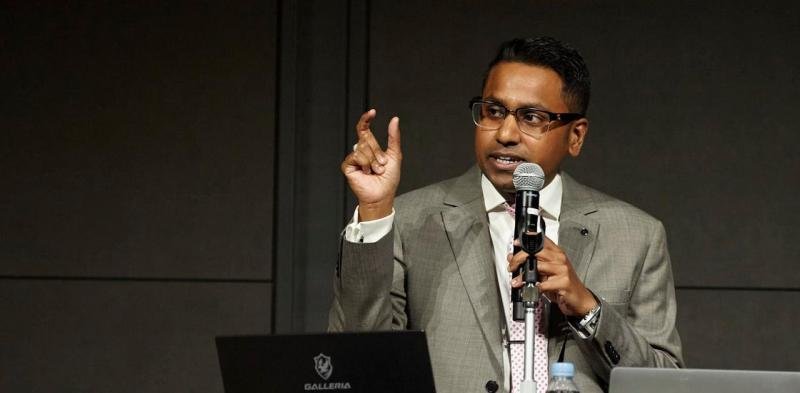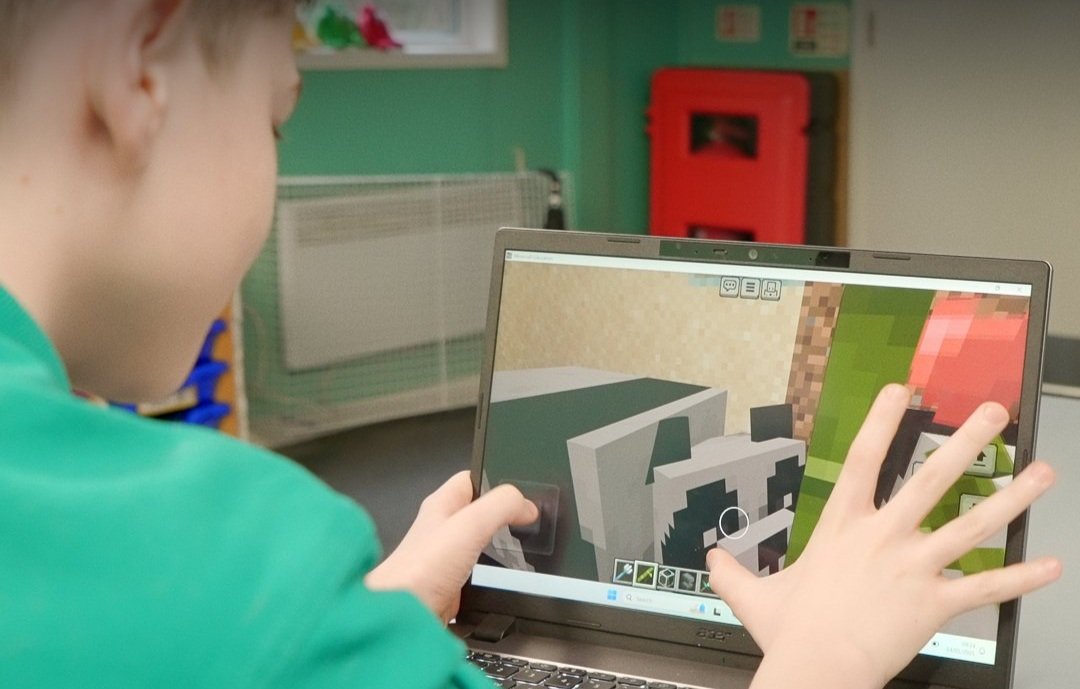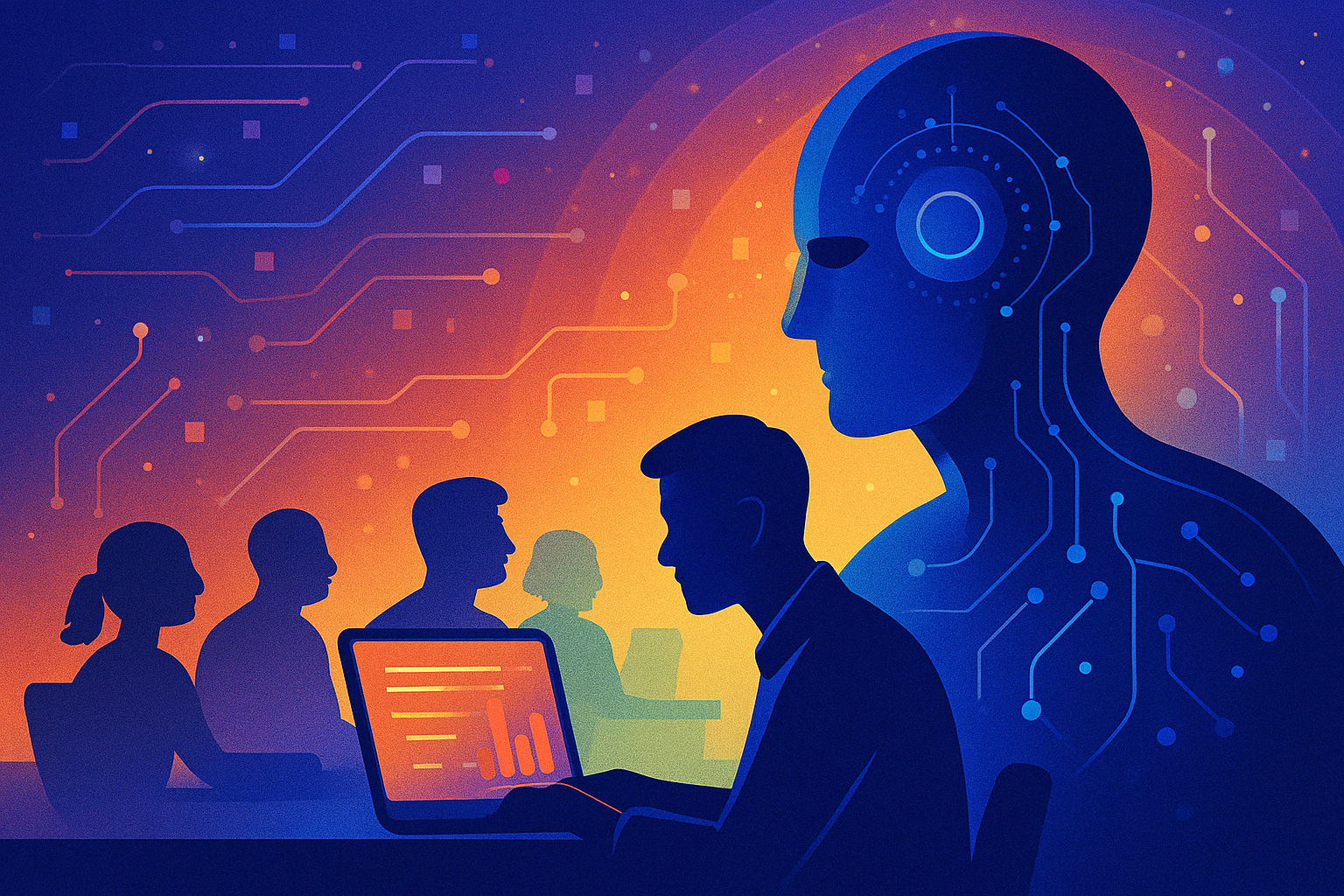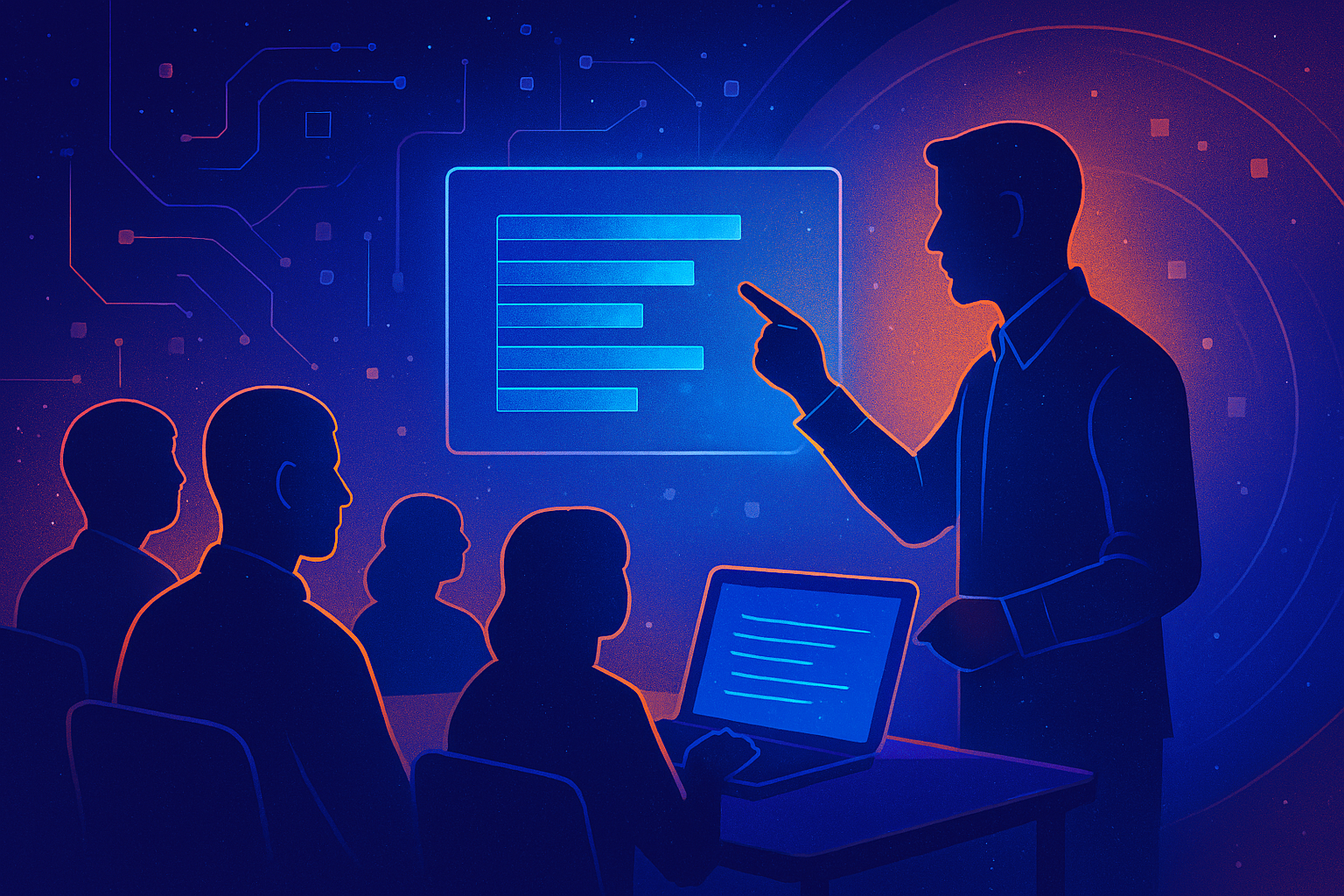Digital accessibility: empowering learners to succeed in education
In an exclusive for ETIH, Dr. Amy Lomellini, Director of Accessibility at Anthology, explores how digital accessibility in education fosters inclusivity and enables learners to thrive.
Over 16 million people in the UK have a disability, according to the latest estimates from the Department for Work and Pensions’ Family Resources Survey, that’s just under a quarter of the population.
Digital accessibility enables these millions of people to access and engage with digital content and ultimately succeed in an educational setting that respects their diverse needs and abilities. Online learning is a fundamental part of how most higher education institutions deliver their courses, disseminate reading material, and assess students, meaning that digital accessibility is paramount to provide equal access to education. Digital content needs to be designed with accessibility and inclusivity in mind, empowering all learners to reach their full potential.
New Guidelines
All education institutions are required to achieve Web Content Accessibility Guidelines (WCAG) 2.2 as part of meeting the UK government’s accessibility requirements. These guidelines are an internationally recognized set of recommendations for improving web accessibility for people with a range of disabilities, including those with vision or hearing impairments, mobility issues, and conditions that affect thinking and understanding.
Based on four principles that dictate that content must be perceivable, operable, understandable, and robust, WCAG 2.2 emphasizes the need to consider how people interact with online content. The principles apply to all aspects of online learning and require designers to ensure that users can access learning independently.
Some specific applications of these principles might be providing text alternatives for images and diagrams, allowing the user to disable animations, or making it easy for people to re-enter information they’ve previously entered into a form. Small design changes such as these can make a tremendously positive difference when it comes to the user experience and allow those with disabilities to equally participate in online learning environments.
Challenges to Overcome
These guidelines are important, but some potential challenges emerge when looking to implement WCAG 2.2. Firstly, universities don’t have complete control over the digital products and solutions that will help them deliver on these guidelines. They don’t own the development of these products, so the adaptation and innovation sit somewhat outside the institutions' control. Additionally, the expertise of faculty members and instructional designers lies in teaching—not web development, and as WCAG is deeply technical, ensuring that changes are implemented successfully is more complex than it may first appear.
Finally, some interpretations of the guidelines can be open to being over-simplified, conceptualizing accessibility as a requirement with a simple solution rather than a complex exercise that requires careful consideration, planning, and testing. When it comes to assessing online applications and content against the standards, the guidelines should not be used as a ‘check-box’ exercise but rather as a springboard for genuine change.
Developing an Accessibility Program
We should approach the WCAG 2.2 as a starting point, and I believe there are four key considerations for institutions when framing their approach to digital accessibility:
Create an Accessibility Strategy: Start by bringing together important stakeholders at various levels to define a commitment to accessibility. Set measurable and attainable milestones and goals to support accessible learning environments, digital content, and campus resources.
Designing with Accessibility in Mind: Retrofitting courses for accessibility can be more time-consuming and costly compared to integrating accessibility from the start. By building accessible content initially, designers prevent delays in the delivery of course materials and disruptions to the learning experience for learners with disabilities. Not only does this reduce the need for individual accommodations, saving time and resources, but more importantly, it promotes a culture of inclusivity and respects the diversity of learners.
Share Responsibility Among Stakeholders and Vendors: Accessibility should be a shared responsibility across departments, including instructional design, faculty, the library, campus resources, and the web team. Train all staff in accessibility best practices and designate an accessibility coordinator to maintain oversight and accountability. Universities should look to partner with their technology suppliers and work together with them to remove barriers to learning. We’re all in this together.
Getting Feedback from the Disability Community: The most effective approach to accessibility anticipates learner diversity and reduces cases where reaction to individual needs is necessary. This means that real feedback from the community, whether through focus groups, reviews, or one-to-ones, is the most effective way to ensure that content is designed and updated with accessibility in mind.
WCAG is important; however, we should view it as a starting point and an opportunity to establish a culture of accessibility and inclusivity. Organizations need to engage with their communities on a human level and understand the complexity of the challenges they face when accessing learning material. Ultimately, digital accessibility in learning is about enabling every learner to fully engage, interact, and succeed in an educational setting that respects diverse needs and abilities.

